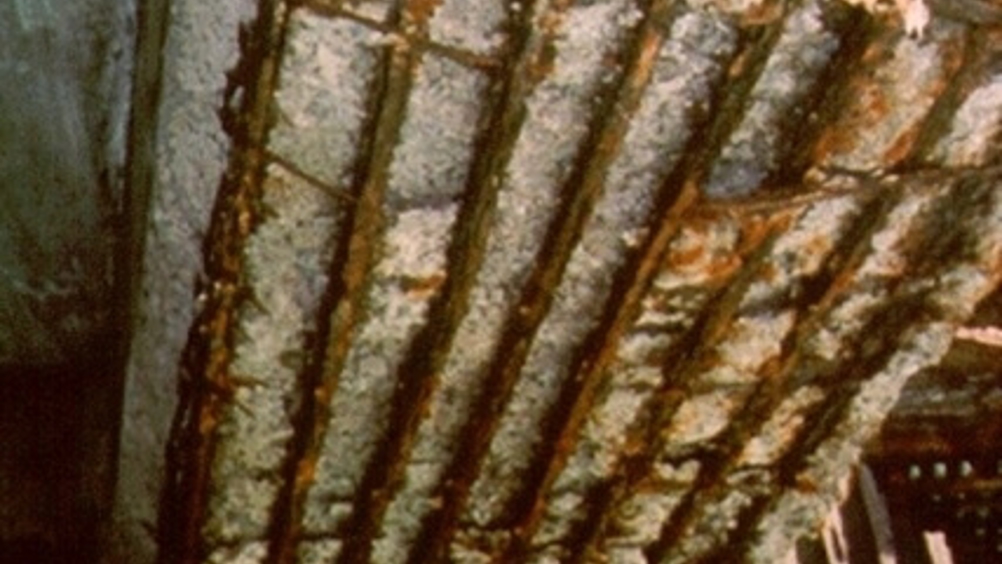Self-healing concrete could be formed using bacteria spores
Materials scientists are experimenting with the possibility of creating self-healing concrete using biomineralisation.

The process would involve putting spores of bacteria — which naturally produce calcium carbonate — in the concrete mix, which would be activated upon the formation of cracks.
‘Concrete is basically weak in tension and strong in compression,’ said collaborator Prof Paramita Mondal of the University of Illinois at Urbana-Champaign. ‘People have tried to deal with the problem over the years in a variety of ways. The most common solution has been to use steel rebar to reinforce concrete, but it still cracks.’
The team noted that, in nature, bacteria that form calcium carbonate are known to influence the rock-formation process of carbonate rocks and sediments such as limestone. The challenge was finding one that would be active in concrete’s environment of high alkalinity and low oxygen.
The team first tested B. pasteurii — a non-pathogenic micro-organism commonly found in soil — in the lab, showing that it could deposit limestone minerals under the right conditions.
Register now to continue reading
Thanks for visiting The Engineer. You’ve now reached your monthly limit of news stories. Register for free to unlock unlimited access to all of our news coverage, as well as premium content including opinion, in-depth features and special reports.
Benefits of registering
-
In-depth insights and coverage of key emerging trends
-
Unrestricted access to special reports throughout the year
-
Daily technology news delivered straight to your inbox










Water Sector Talent Exodus Could Cripple The Sector
Well let´s do a little experiment. My last (10.4.25) half-yearly water/waste water bill from Severn Trent was £98.29. How much does not-for-profit Dŵr...